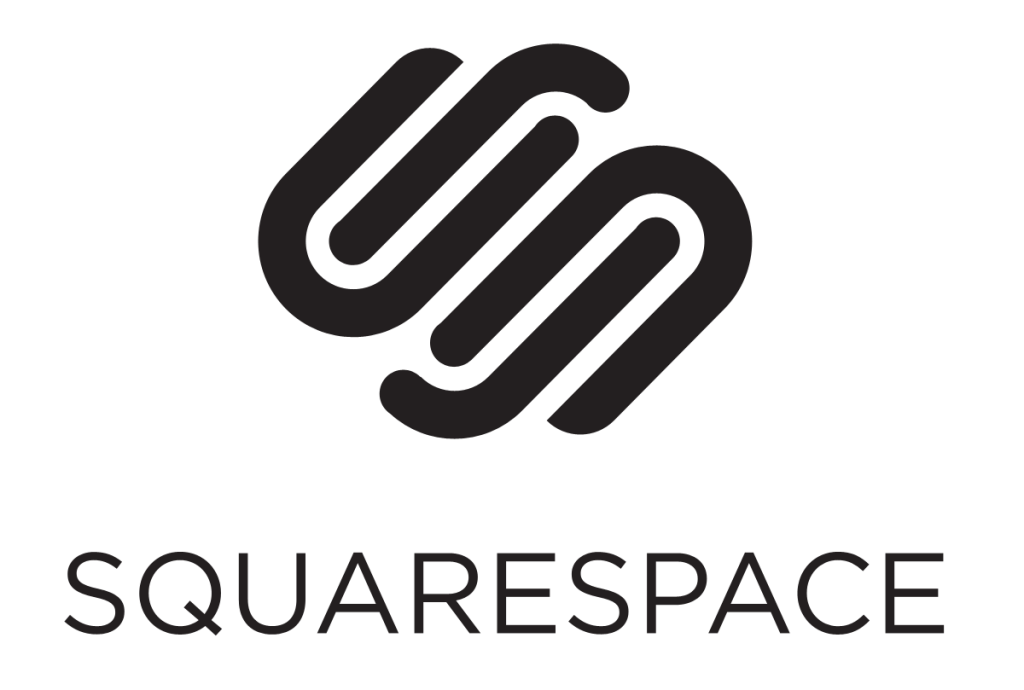
Ever sent out that killer email campaign and been met with the dreaded silence or worse, a detour to the spam folder?
After going through all the trouble of creating a beautiful website, gathering customers and getting orders, there is only one question left: Why are Squarespace emails going to spam?
It’s a head-scratcher, isn’t it? There are 3.79 million fellow Squarespace users raving about its ease of use and gorgeous templates, yet your emails are getting the cold shoulder from inboxes. So, what’s the deal?
Worry not! Here, we’ll help you understand why emails may end up in spam and give you the tools to fix it. Let us explore the “Squarespace-to-spam” issue in depth and ensure your messages land in the inbox where they belong.
Short Answer: You’ve to use an email warmup to build up your email reputation so your Squarespace email stops going to spam.
Why are my Squarespace Emails Going to Spam?
Millions of people rely on Squarespace for its website-building magic. It’s designed to make everything run seamlessly, but every now and then, things don’t go as planned—like when those all-important emails end up in spam instead of the inbox. There are several reasons why this happens. Let us explore why Squarespace emails going to spam below.

Sharing an IP address with others might flag your emails as spam. Consider using a private IP address or a dedicated server to avoid this.
2. Keyword Overload
Your Squarespace emails going to spam because it contains an excess of keywords. If your emails are loaded with keywords, spam filters might get triggered. Keep it natural and avoid an excess of keywords in your content. You can check mail for spam triggers to avoid landing in the spam folder.
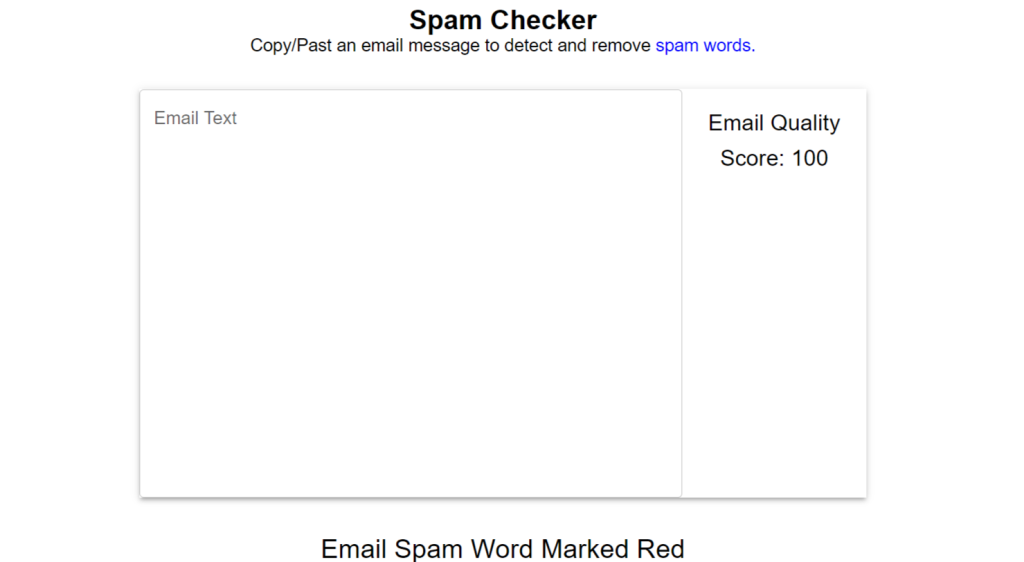
3. You’re using a free email service
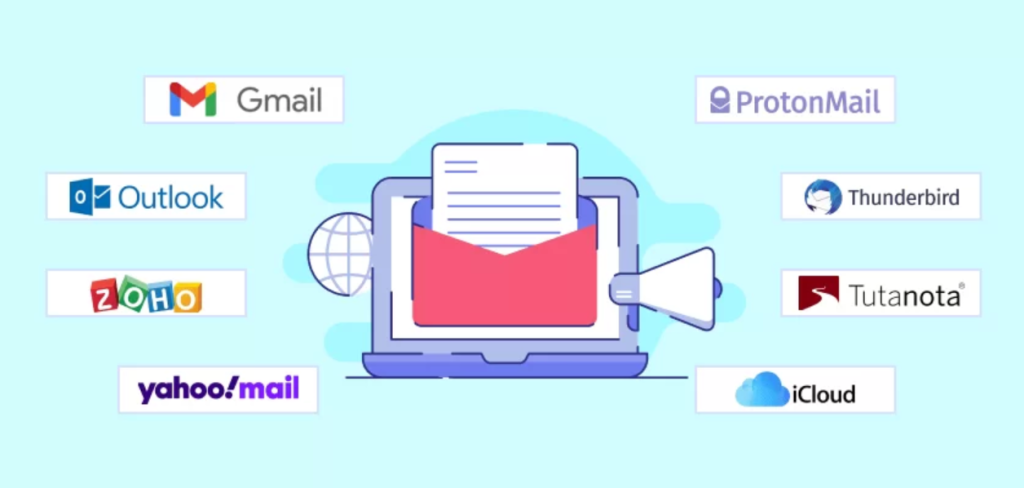
Email services that are free, such as Gmail and Yahoo! Mail, are prone to marking your emails as spam due to a lack of robust security measures compared to paid services. To prevent this, consider utilizing a paid email service like Microsoft Outlook or Apple Mail.
4. Blacklist Troubles

Being on a blacklist indicates that your IP address or domain is flagged for potential spam association. To be removed from a blacklist, reach out to the provider and adhere to their instructions. You can use DNS Checker to see if you’re blacklisted or not.
5. Hacked Account Alert
A compromised Squarespace account could be sending spam without your knowledge. Stay one step ahead by changing your password regularly and enabling two-factor authentication.

These multiple factors could contribute to your Squarespace email going to spam. Sharing an IP address, excessive keyword usage, dependence on free email services, or having a compromised account may all be factors. Additionally, being on a blacklist could pose challenges. To steer clear of these issues, explore the recommended solutions below.
How to Resolve Squarespace Emails Going to Spam?
Sending emails through Squarespace is awesome, but sometimes they end up in spam folders. No worries – this guide (updated 2023) has simple tips to help you avoid that and make sure your emails land where they’re supposed to – in people’s inboxes!
1. Verify your email
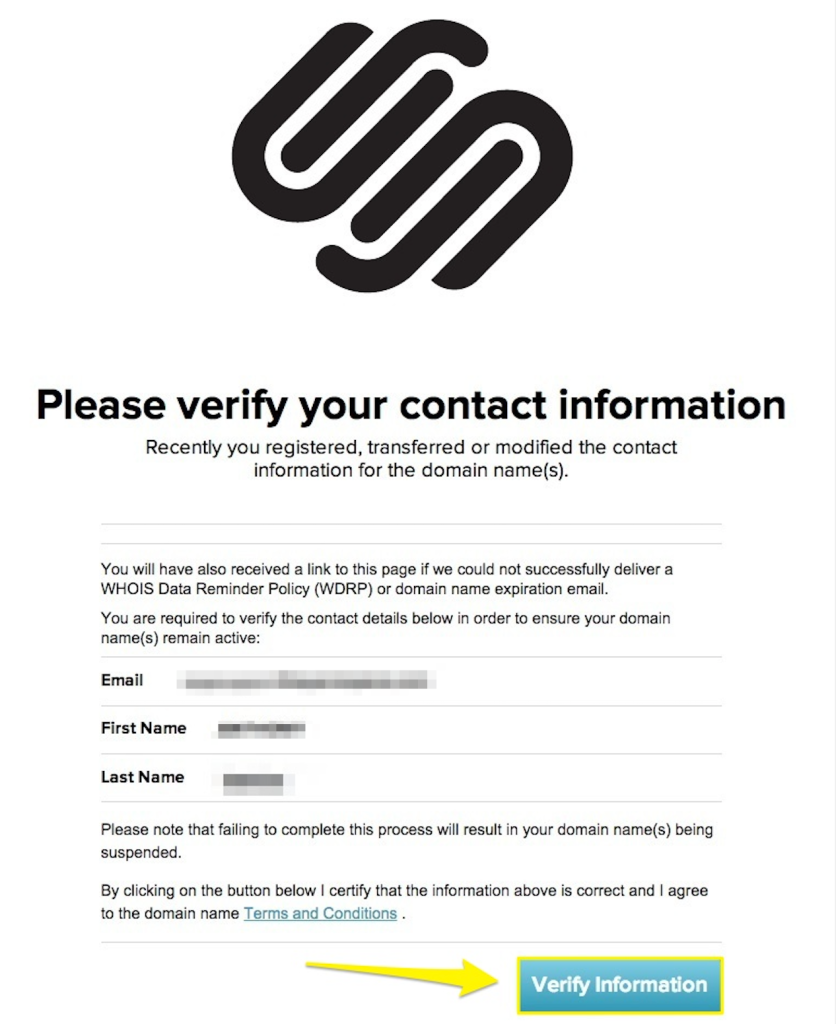
Confirming your email is a necessary step, whether it’s a custom or free one (like Gmail or Outlook). Verifying it shows that your email is real, you have access to it, and helps dodge spam filters that don’t like seemingly invalid addresses.
To verify:
- Open Email Campaign settings, click Sender Details.
- Hit Verify Email and copy the code from the email we send to you.
For more guidance, check out the detailed steps in Setting up sender details.
2. Use a custom email
Filters often don’t like emails from free providers like Gmail.
For instance, for BeTimeful email: betimeful@gmail.com might have a harder time getting through than hello@betimeful.com.
Here’s how:
Get a Custom Domain:
- If you don’t have one, you can register a special domain through Squarespace.
- If you already have a domain, but no special email, set one up using Google Workspace.
Remember, having a custom email with your own domain can make your emails look more professional and increase the chances of them reaching inboxes instead of spam folders.
Tip: If you’ve just bought a new domain, it’s smart to start small when sending emails. Try reaching out to around 200 contacts or fewer for your first few campaigns. This helps avoid triggering spam filters since emailing a large group from a brand-new domain can raise alarms. To make things easier, consider using best email warm-up tools like the free email warm up. Just hook the tool to your mailbox and let the magic happen!

3. Verify your email’s domain

Confirming your email’s domain is crucial. The domain is what comes after the @ in your email address. Verifying it tells spam filters that your email is legit and accessible.
Here’s how:
- Squarespace domains verify automatically.
- If you got your domain elsewhere:
- Transfer it to Squarespace for automatic verification in Email Campaigns.
- Or, manually add verification records like SPF, DKIM and DMARC to your third-party domain’s DNS settings.
You do not want these settings to go wrong at any cost, since it can cost you the security and sender reputation of your domain. Instead, a free email deliverability consultant can help.
Ensuring your domain is verified helps your emails land in inboxes instead of spam folders.
4. Ask people to add you in their contacts
Encourage folks to add your email to their contacts—especially if they mention your campaigns landing in spam. When your email is on their contact list, it signals they want your campaigns.
5. Include a legal name and address

Make sure the address in your email footer is valid and capable of receiving mail. Some spam filters check this to verify your legitimacy.
6. Don’t ask for payment information
Avoid using email campaigns to request credit card numbers, bank details, or sensitive data. Such requests may trigger inboxes to label your email as spam. If you need to collect payments, use secure payment forms, like a donation block, and include the link in your email.
7. Create your content carefully
Create your content thoughtfully—make sure it’s relevant, accurate, and aligns with your brand. Steer clear of overly pushy promotional language to avoid triggering spam filters. Utilize tools to check email for spam triggers.
Analyze your analytics and, if possible, conduct A/B tests to figure out what content resonates best with your subscribers. If you engage in cold outreach, you might find our guide on the best time to send cold emails helpful.
8. Warm up your Domain

Boost your email domain effortlessly with best email warmup tools. Manually sending a small volume of strategically spaced-out emails can be time-consuming and challenging, especially on larger scales or platforms like Squarespace.
Automated Email Warm Up adheres to a precise schedule, gradually increasing email volume to build a positive reputation with ISPs.
By embracing automation, you not only save time but also enhance the effectiveness of your warm up strategy, setting the stage for a successful email marketing campaign.
Not only this, but get your mailing list cleaned regularly for a positive sender reputation. Use email verification API to filter out any inactive and invalid email address, to avoid any bounce messages.
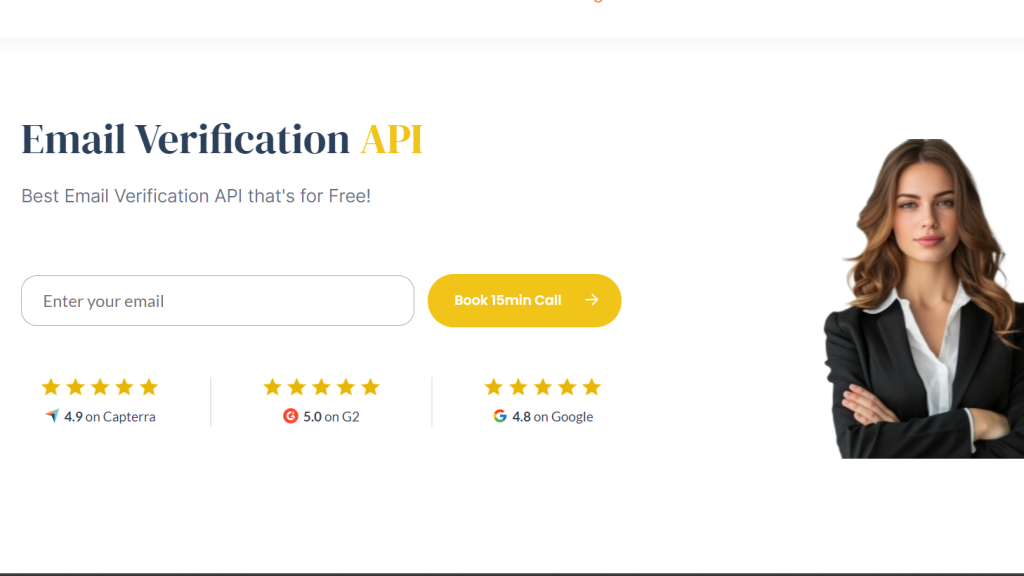
Along with this, get in touch with an email deliverability consultant for personalized solutions regarding your domain’s sender reputation for free!
Before we conclude, if you’re utilizing different platforms, our extra guides could be useful:
- Why is My Mailchimp Email Going to Spam?
- Do HubSpot Emails go to Spam?
- Klaviyo Emails Going to Spam
- SendGrid Emails Going to Spam
- Salesforce Emails Going to Spam
- Why are my Emails Going to Junk on iPhone?
- AOL Email Going to Spam
Conclusion: Goodbye, Spam Struggles!
This is how you can protect your Squarespace emails from going to spam. Avoid blacklists, secure your account, craft compelling and engaging messages, and use Automated Email Warm Up. This way you can ensure your emails land in inboxes where they belong.
Remember, keeping your emails out of spam is an ongoing effort. You got to maintain a sender reputation and monitor your deliverability rates closely to make sure your domain is gradually reaching new heights!
Frequently Asked Questions
1. Why are my Squarespace Emails Going to Spam?
There are a number of reasons why this happens. Your Squarespace emails may go to spam due to issues like shared IP addresses, keyword overload, using a free email service, blacklist problems, or a hacked account.
2. How to check if my domain is blacklisted?
To know if your domain is blacklisted, you can go to DNS Checker. Just enter your address and run the website to see the status of your domain.
Leave a Reply